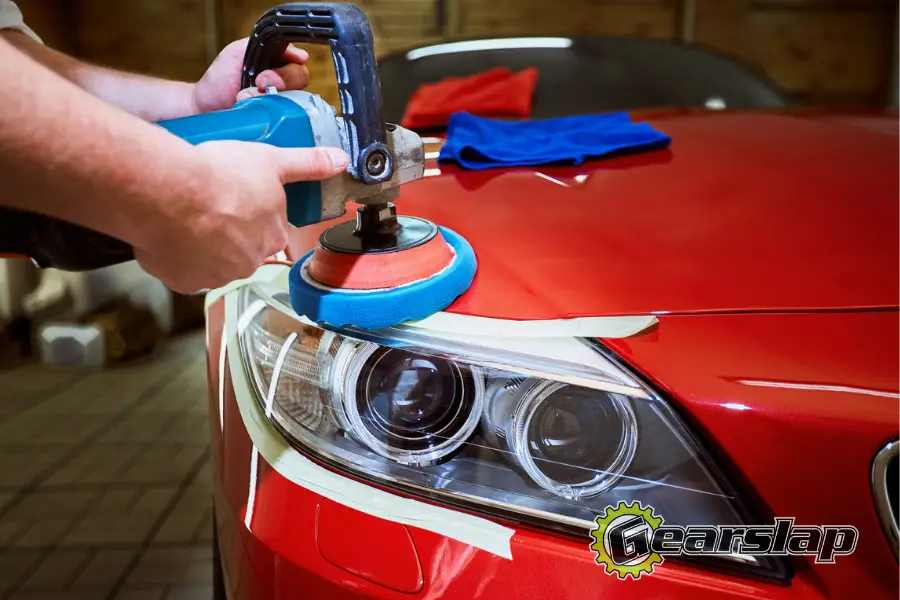Is it illegal to tint your front windshield? The answer depends on which state you live in. Many states allow you to tint your windshield but have restrictions. Those restrictions apply to how much of the windshield you can tint and reflectivity percentages. Some jurisdictions also have restrictions on what colors of tint you can use.
Below is an explanation of which states have the strictest tint laws, how you can comply with local regulations, and still protect yourself from UV rays while driving.
What’s the Purpose of Tinted Windows & Windshields?
There are a few critical reasons why you might want to tint your car’s windows and windshields. These include blocking out harsh sunlight and UV rays, allowing you to see better while you’re driving. Tinted windows and windshields also help keep your car’s interior cooler in the spring and summer.
A little-known fact is that tint strengthens your windows, making them less likely to shatter during an accident or other types of impact. This can prevent you and your passengers from getting hurt or sustaining serious injuries.
Which States Have the Strictest Tint Laws?
Minnesota, New Jersey, and Pennsylvania have some of the strictest tint laws. These states do not allow any tinting on your car’s front windshield. In Minnesota, you can tint the back, front, and side windows by 50%. However, the reflectivity must be no more than 20%
New Jersey’s restrictions include no tinting on the front side windows with any percentage on the back side and rear windows. You cannot have any mirrored or metallic tinting, and you must install dual side mirrors if your back windows are tinted.
In Pennsylvania, 70% tinting is allowed on rear and front and back side windows. Like New Jersey, you cannot install mirrored or metallic tinting. Plus, you need to have dual side mirrors if you decide to tint your car’s back windows.
Most other states have length restrictions, such as tinting allowed up to the manufacturer’s line or up to six inches. States like California and Colorado do not permit red and amber window tinting, and dual side mirrors must be present if your back windows are tinted.
Are There Ways to Make Your Front Windshield Tint Legal?
In each state, except Minnesota, New Jersey, and Pennsylvania, there are ways to make your front windshield tint legal. You just need to abide by inch restrictions and leave the remaining portion of your windshield untinted. For example, if your state’s restrictions specify up to five inches of your windshield can be tinted. You can tint that portion and leave the rest undone.
Let’s say you live in Colorado. The law states you can have up to four inches of your front windshield tinted. However, your windshield measures ten inches long. You can choose to tint 40% of it, either from the bottom or the top.
Illinois and Georgia residents, on the other hand, can tint up to six inches. So if you live in either one of these states, you have a little more leeway. Other states like Kentucky, Kansas, and Indiana allow you to tint up to the top of the manufacturer’s one-inch line.
How Would an Officer Test if Your Tint is Illegal?
An officer usually can’t eyeball whether your tint is illegal. Police typically need to use a tint meter to measure things like darkness. However, an officer may be able to measure the length of your front windshield tint if they have a measuring tape on hand. The police can pull you over for reasonable suspicion if the tint appears to be illegal.
You also don’t know whether officers in your area carry tint meters and other devices that help them confirm your tint is illegal. That’s why it’s best to double-check the regulations in your state and abide by them. The same applies if you’ve already tinted your car’s windows and are moving to a different state.
Check before you relocate and either adjust your car before you leave or as soon as you get settled in.
Where Can I Verify Local Regulations for Car Window Tinting?
You can usually find a list of regulations for each state online. Some sites include a list of all the stipulations for all of the states. Other sites are state-specific. You might also check with local auto shops since they’re required to abide by state and local regulations.
For instance, you can find a description of California’s car window tinting laws here. By searching for terms such as the state’s name and window tinting laws or car window tinting regulations, you should find a few sites with the information you need.
What Should I Do if I Get a Citation?
Fines and penalties for window tint violations can vary by state. In some cases, you may want to hire a lawyer to help you. However, if you’re familiar with local regulations and they carry potential minor penalties, you may be able to handle the situation yourself. While claiming ignorance is not usually recommended, you might see if there are applicable grace periods for residents who recently moved from a different state.
In some areas, district attorneys may also be willing to offer reduced penalties and fines for first-time offenders. Remedial education or courses could lower the fines or the number of points against your driver’s license.
It doesn’t hurt to ask or do some research before your court date. Some district attorneys and courts will accept written letters beforehand, which help to explain any unique circumstances or pertinent information.
What if I Need to Remove or Modify the Tint on My Windows?
If you need to remove or adjust the tint on your car’s windows to comply with local regulations, you can research nearby shops. Some are listed under auto detailing and body shops. You can find others by searching for car tint shops near me or car window tinting near me. Trained technicians should be able to evaluate your car’s current tint and recommend some solutions.






